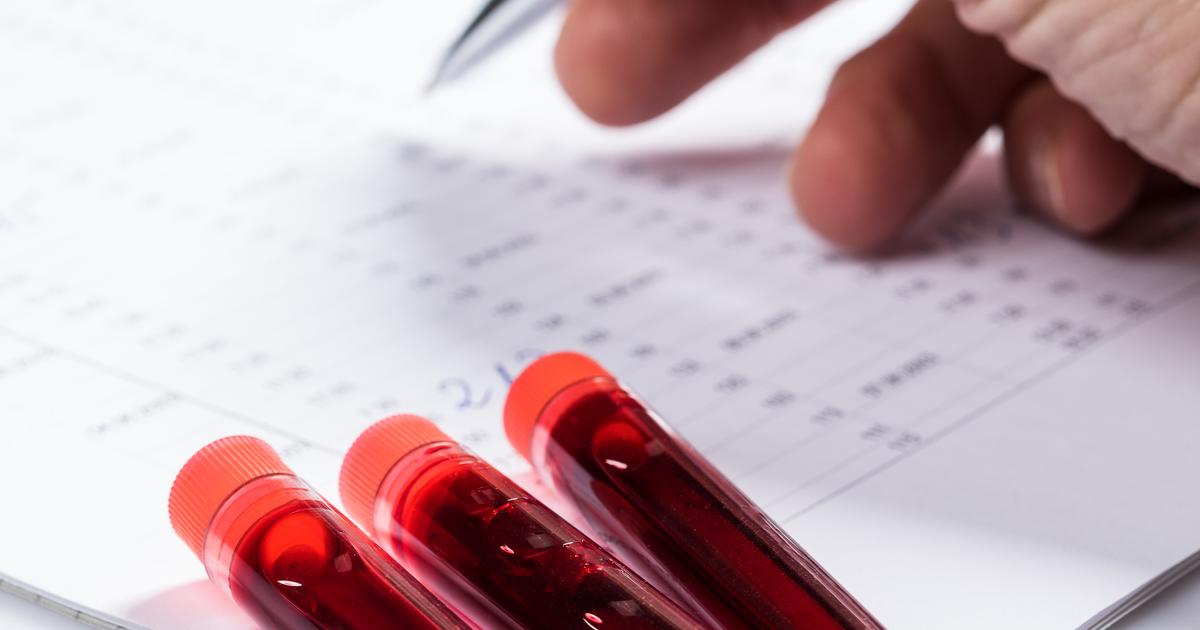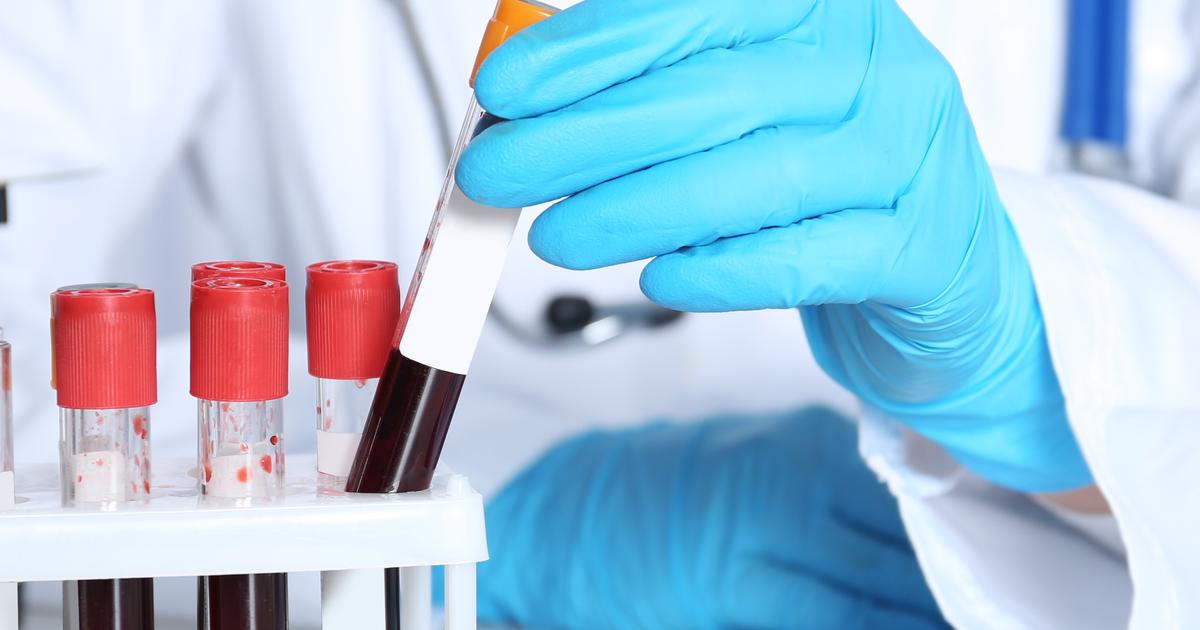Various Options For Diagnosing And Treating Hemochromatosis
Hemochromatosis is a medical condition that occurs when the body stores too much iron. Excessive iron in the blood can lead to issues such as cancer, diabetes, heart rhythm abnormalities, and liver cirrhosis. Depending on the stage of hemochromatosis when it is diagnosed, life expectancy may be reduced as a result. Initial symptoms include pain in the knuckles of the pointer and middle fingers, abdominal pain, mental fogginess, low energy levels, heart palpitations, and irregular heartbeats.
There are two kinds of the condition: primary and secondary. The primary form of the disorder is inherited, and the secondary form can be caused by anemia, liver disease, or receiving numerous blood transfusions. Diagnosis of hemochromatosis is made using a special blood test known as an iron panel test. Complications from hemochromatosis include a graying of the skin, an enlarged liver or spleen, osteoporosis, osteoarthritis, and congestive heart failure.
The methods listed below can help in diagnosing and managing hemochromatosis.
Serum Transferrin Saturation

Hemochromatosis can be diagnosed with the use of a serum transferrin saturation test. A healthy individual has a transferrin saturation level of between twenty and fifty percent if they are male and fifteen to fifty percent if they are female. The purpose of this type of test on the blood is to assess an individual's iron status. This blood test measures the quantity of iron in an individual's blood bound to a protein called transferrin, which is responsible for carrying iron around in an individual's blood. The serum transferrin level will be elevated in an individual affected by hemochromatosis because they absorb too much iron from the food they eat.
Continue reading to learn about another way in which hemochromatosis can be diagnosed now.
Serum Ferritin

Serum ferritin testing provides a measurement of the quantity of iron being stored in the body. This measurement helps doctors get an overall idea of a patient's iron levels over several months. Ferritin is a term used to describe a special protein in the body that stores iron until it is needed. Ferritin can be found in large concentrations in an individual's hepatocytes and reticuloendothelial cells until more red blood cells need to be produced. Once red blood cells are needed, the body signals the release of ferritin from the cells. Another protein called transferrin binds to the ferritin that has been released to carry the mineral throughout the individual's bloodstream. A healthy male will have ferritin levels between twenty and five hundred nanograms per milliliter, and healthy females will have levels between twenty and two hundred nanograms per milliliter. Hemochromatosis patients will have higher than normal serum ferritin levels.
Discover more options for diagnosing hemochromatosis now.
